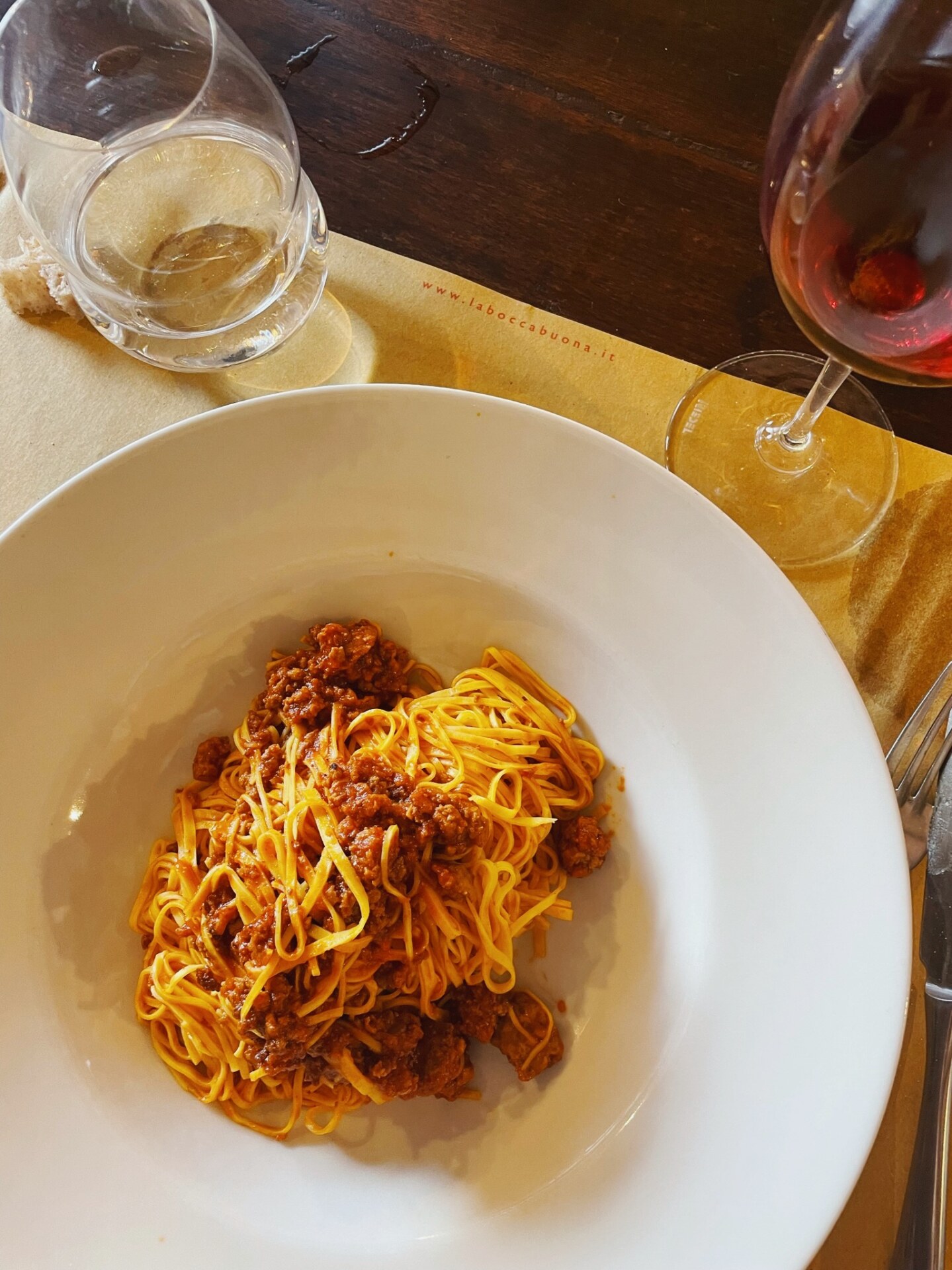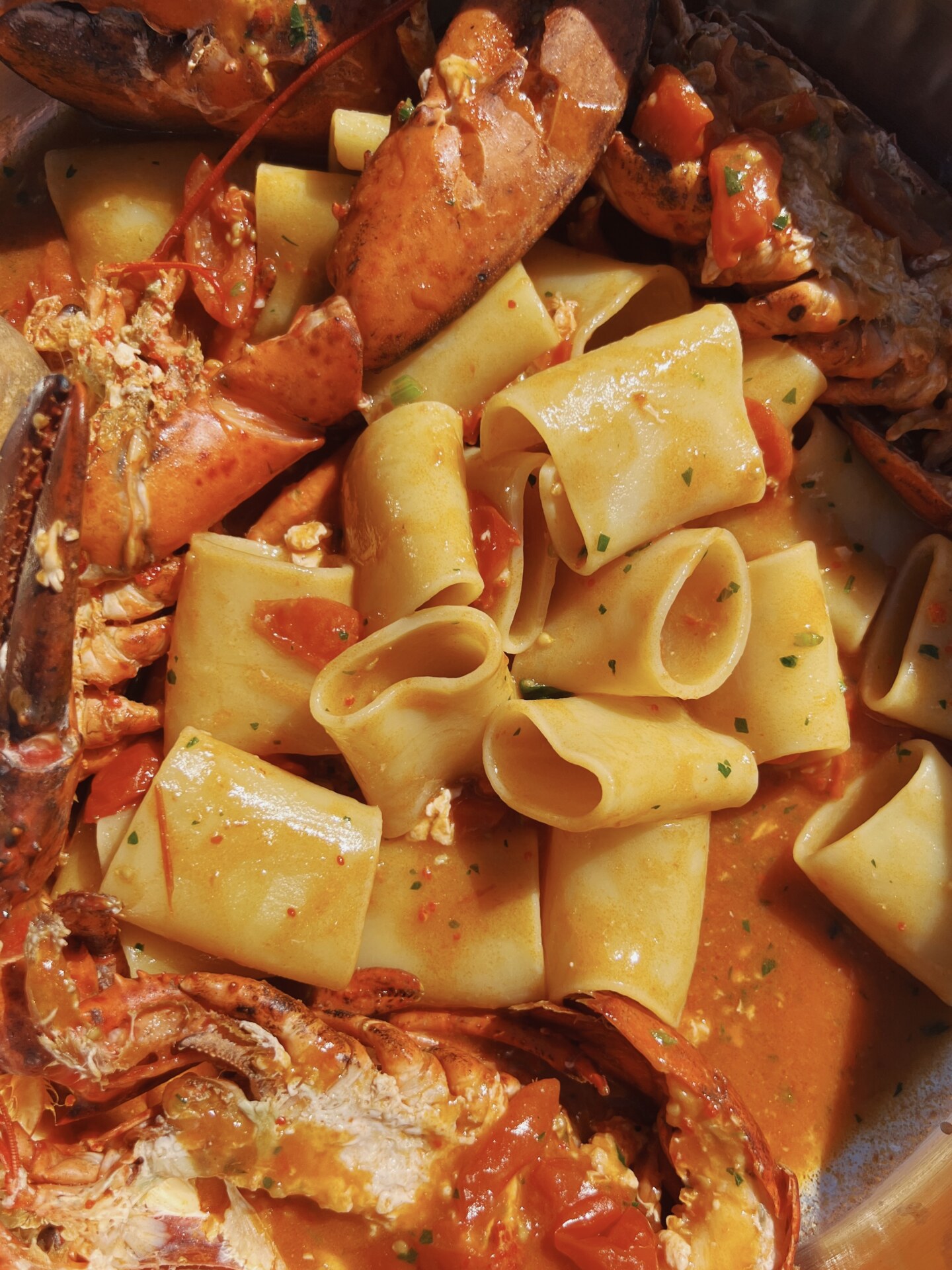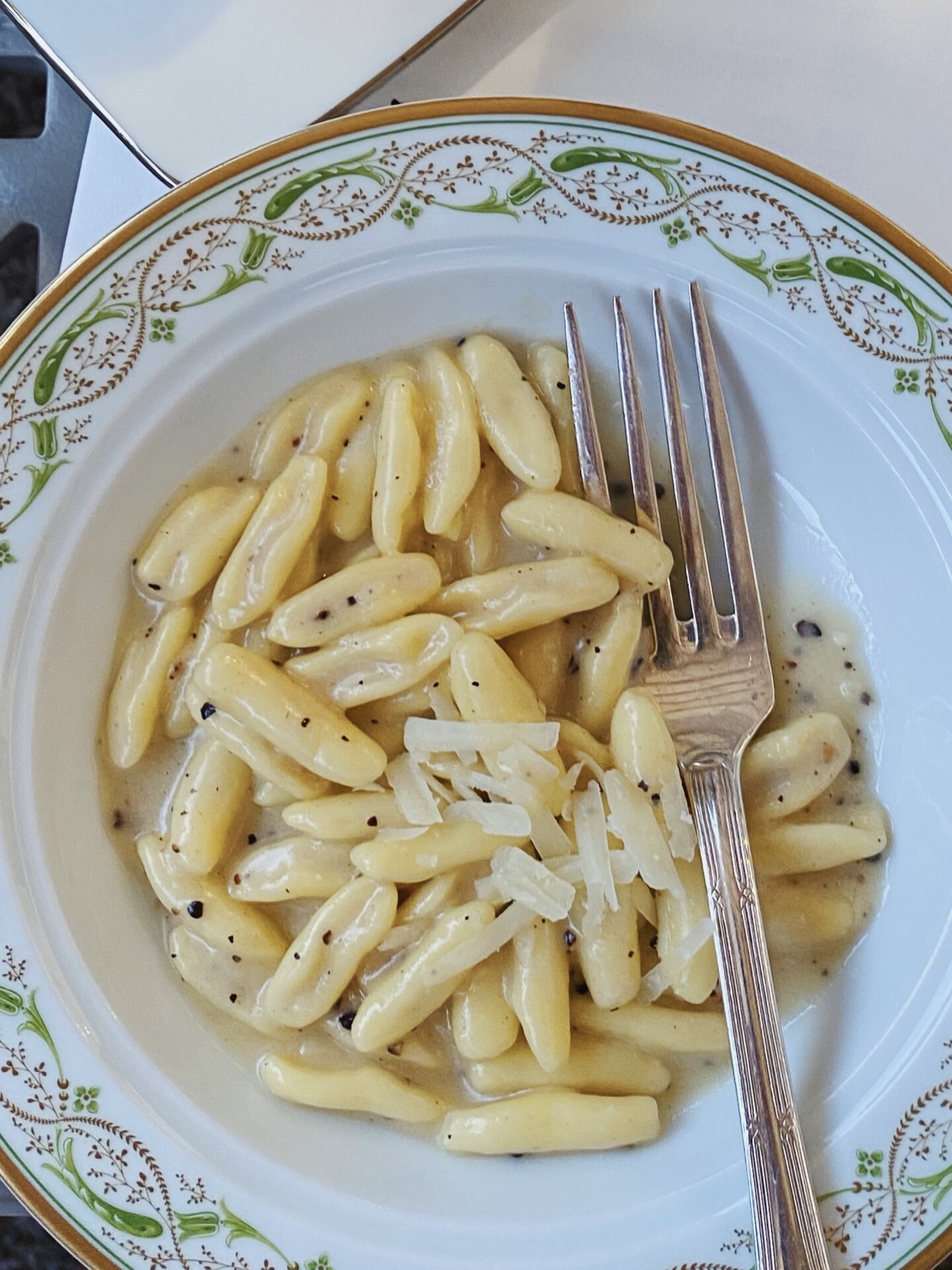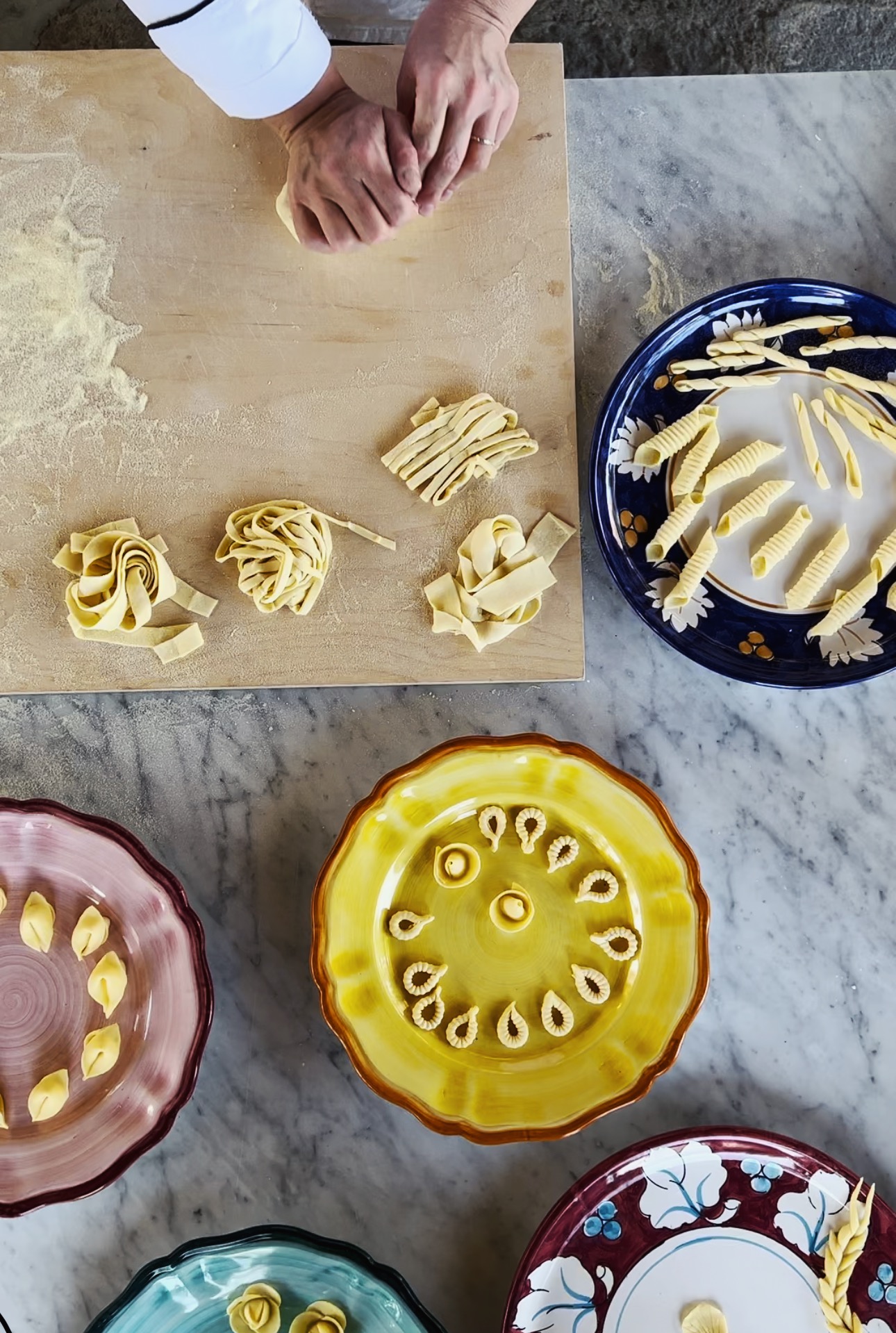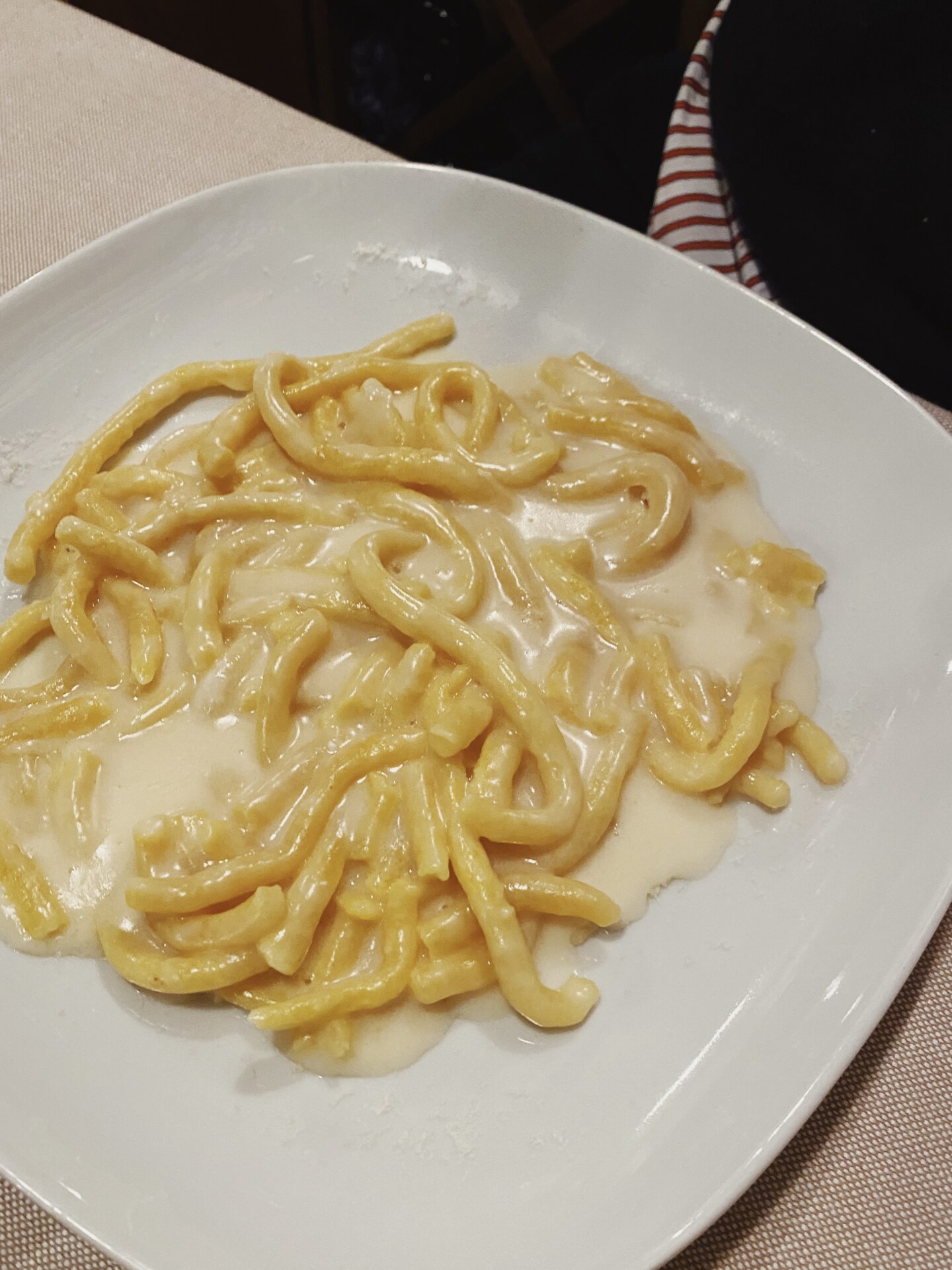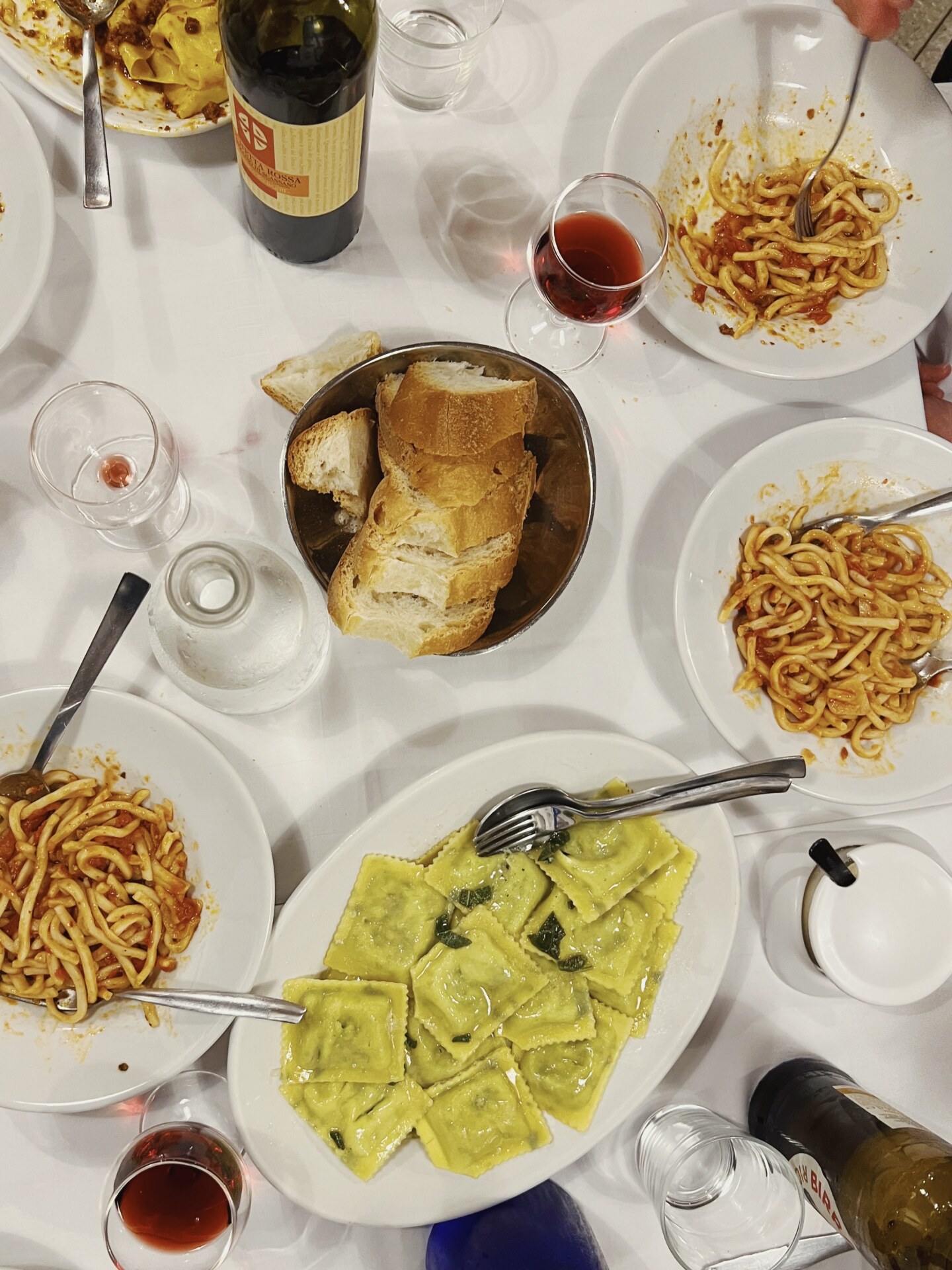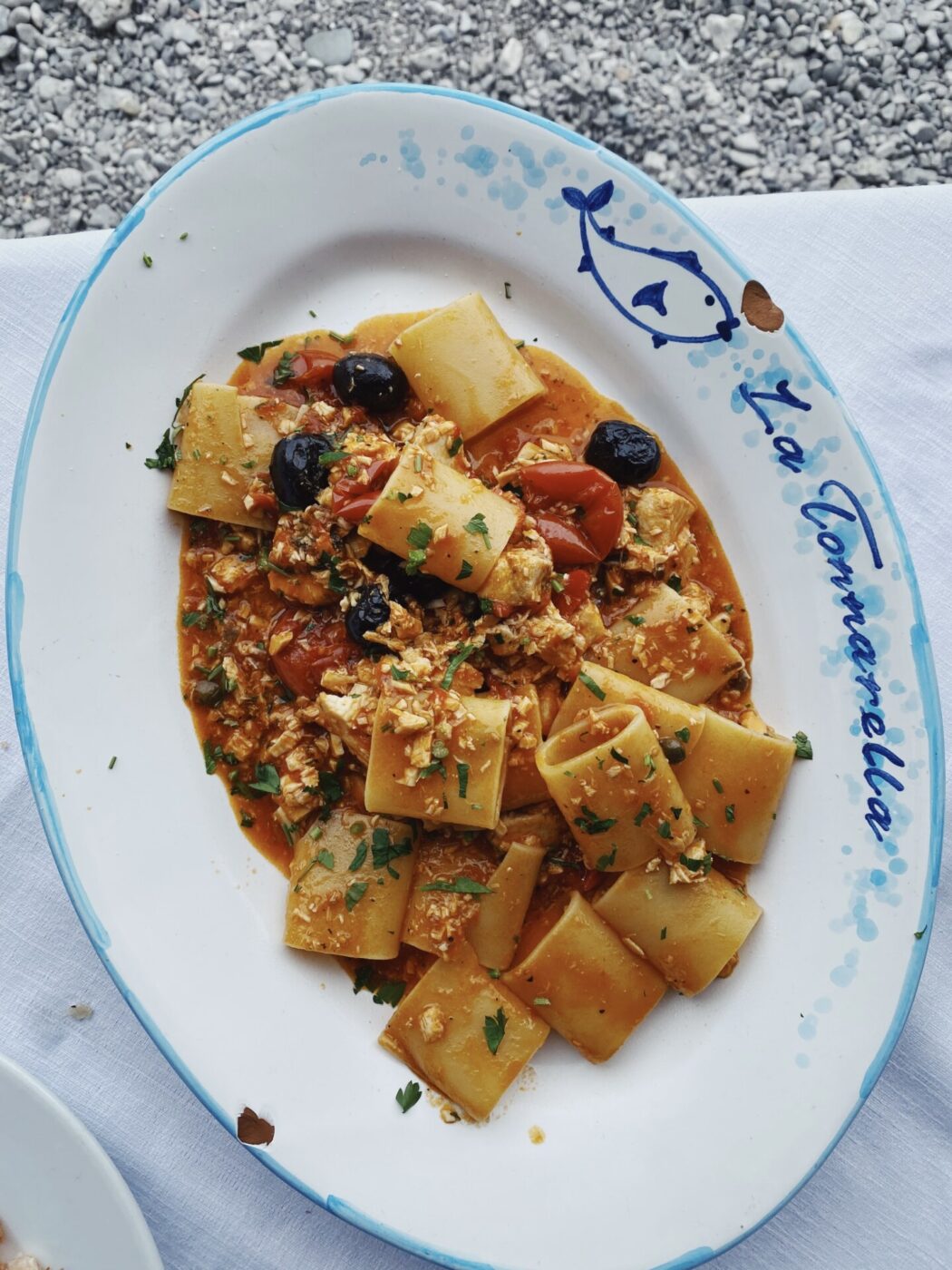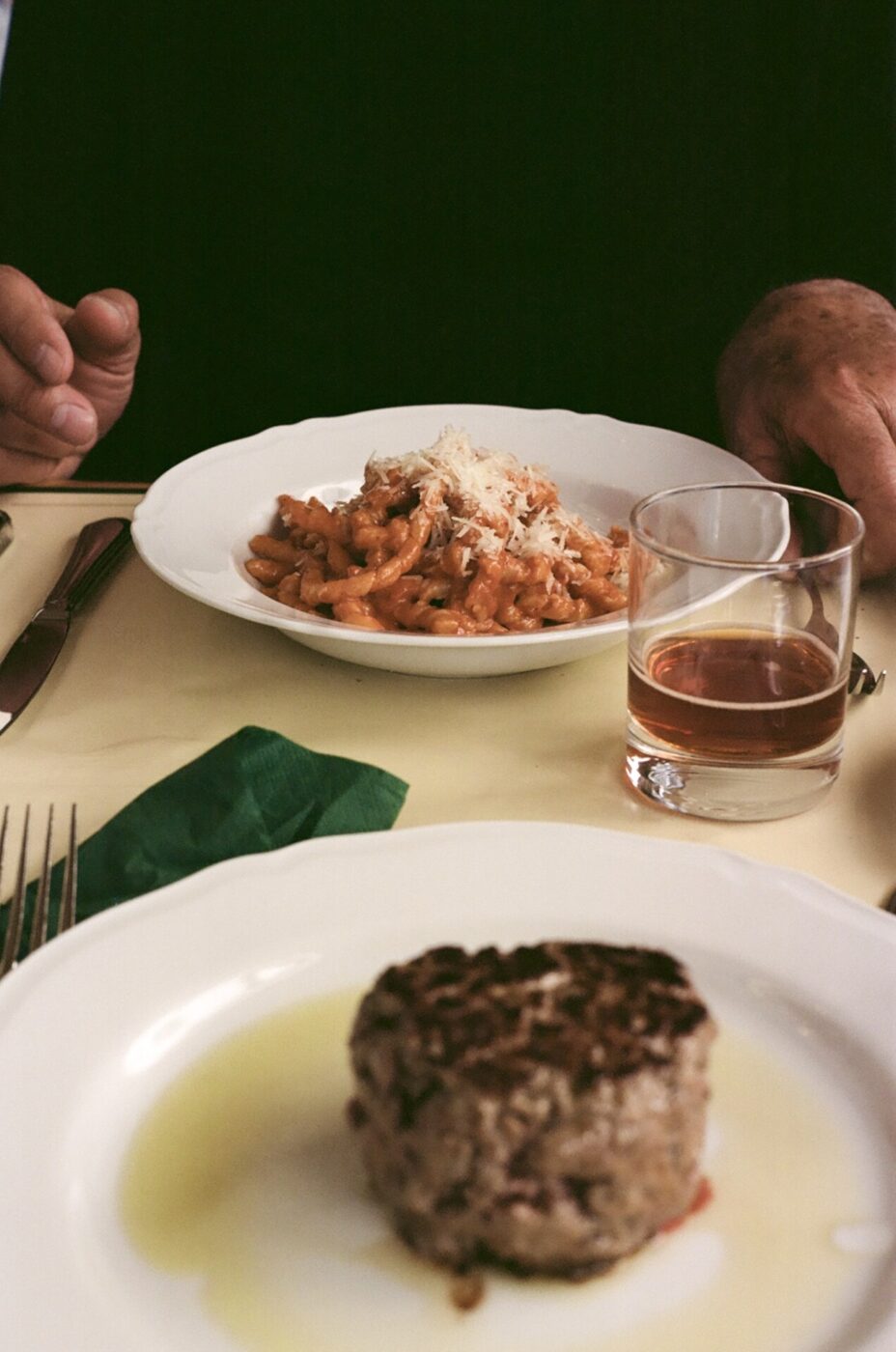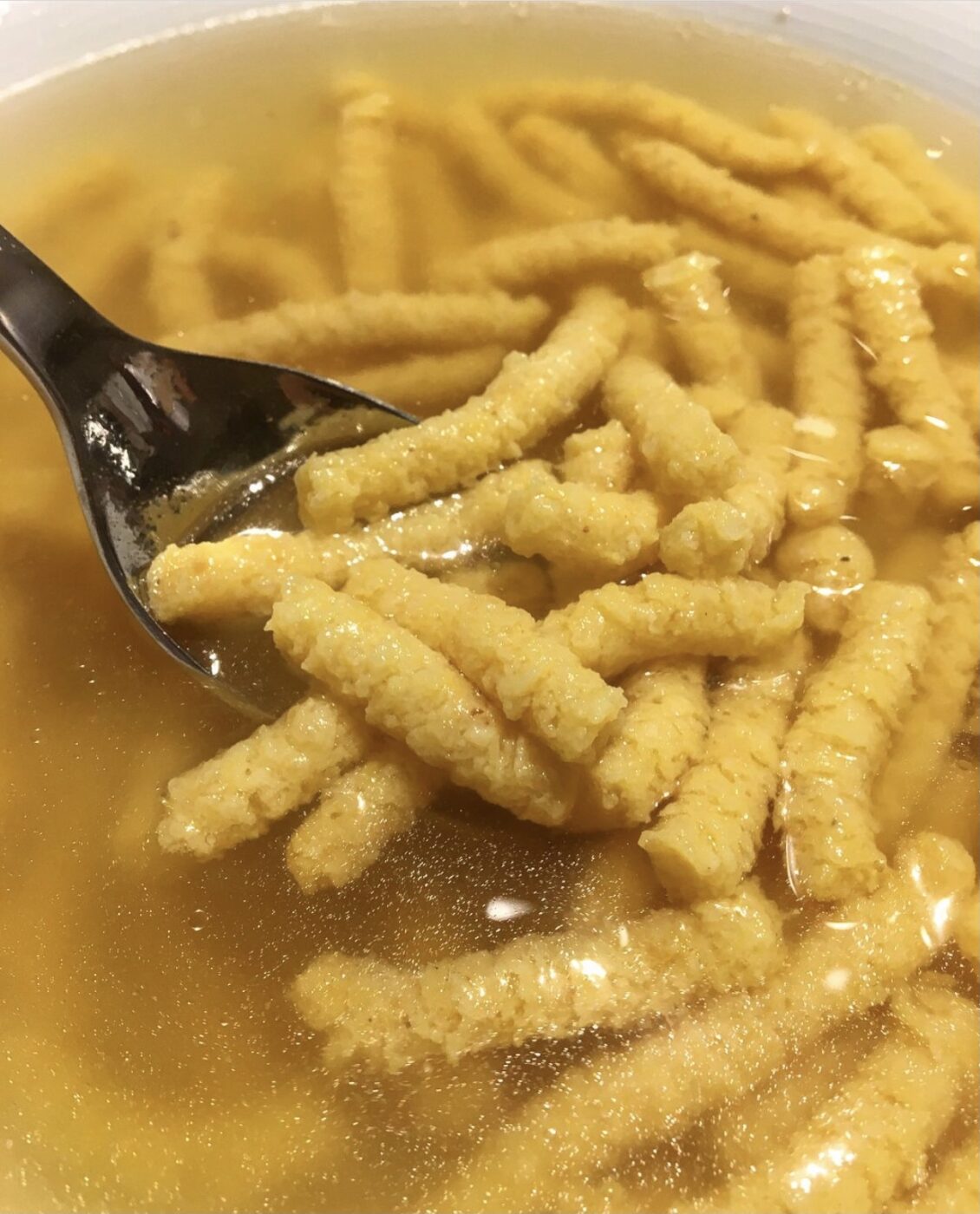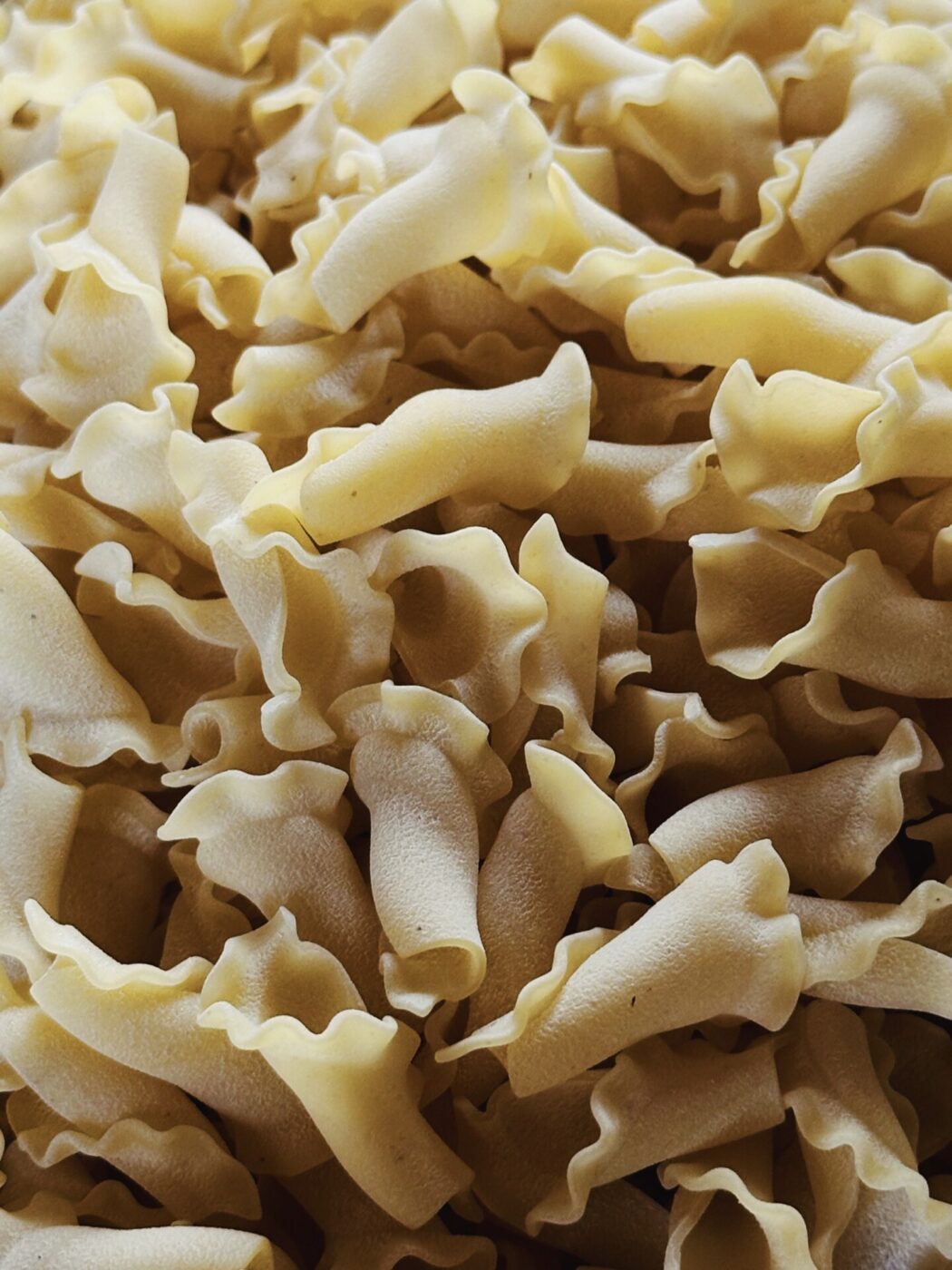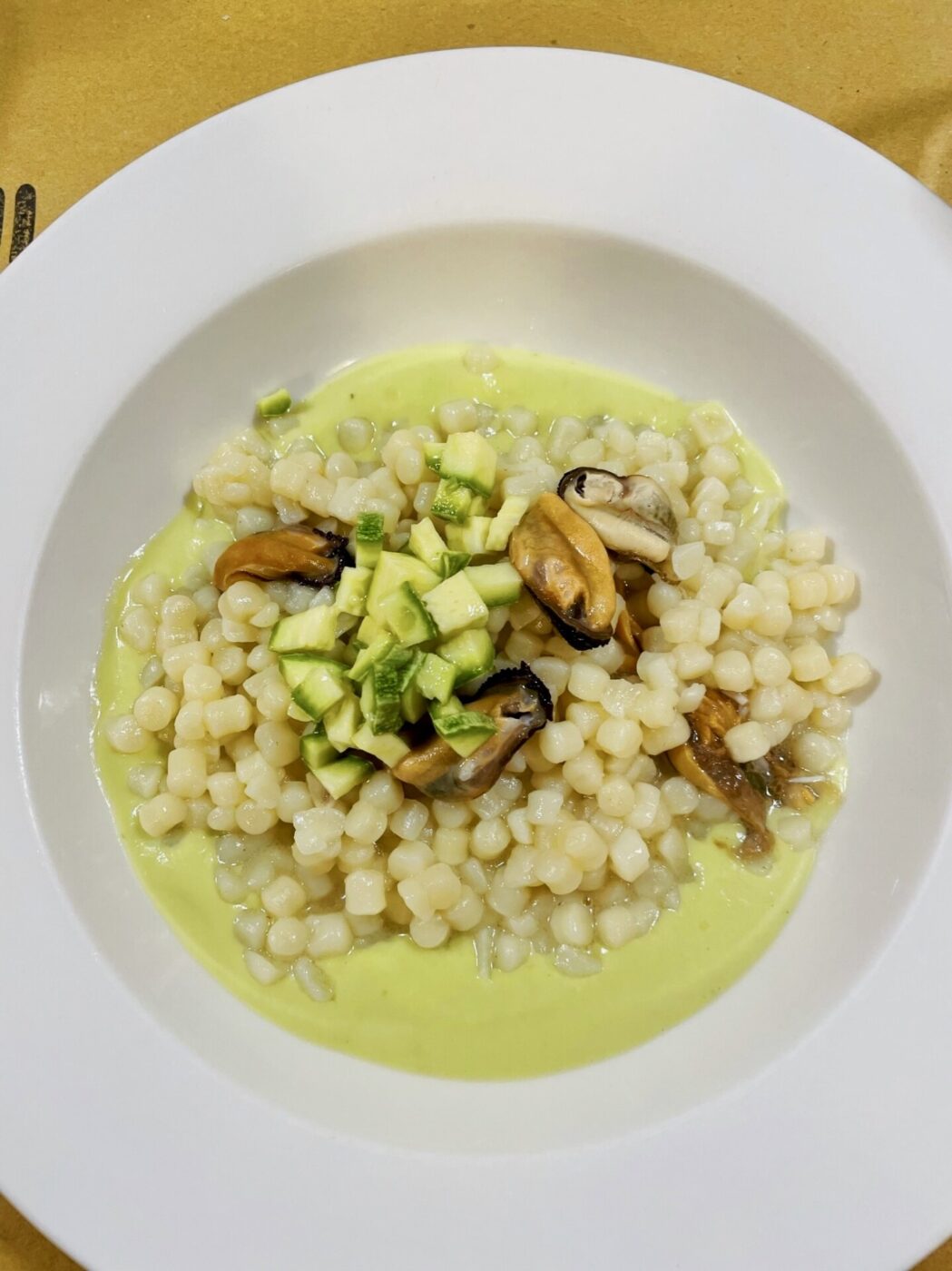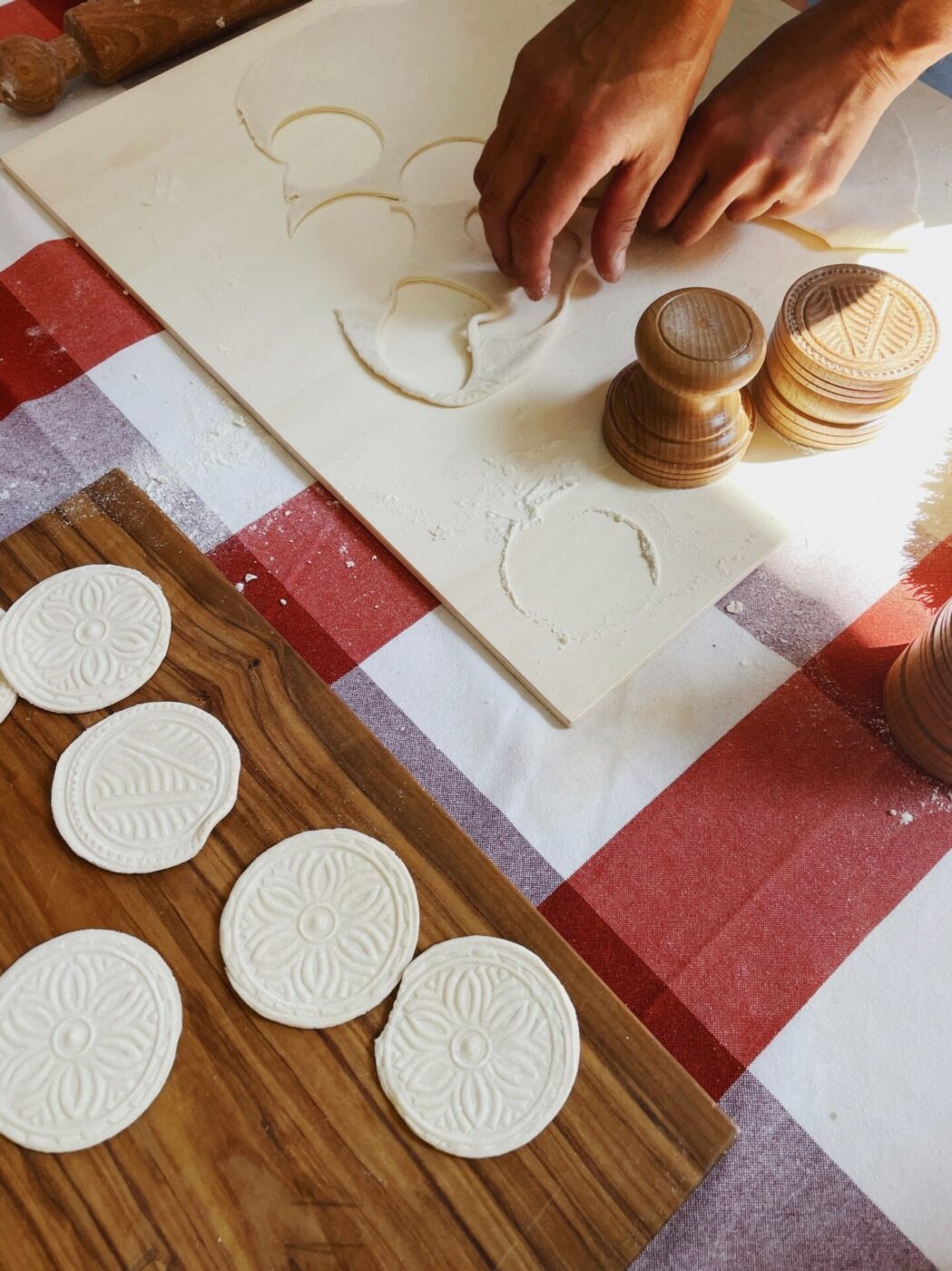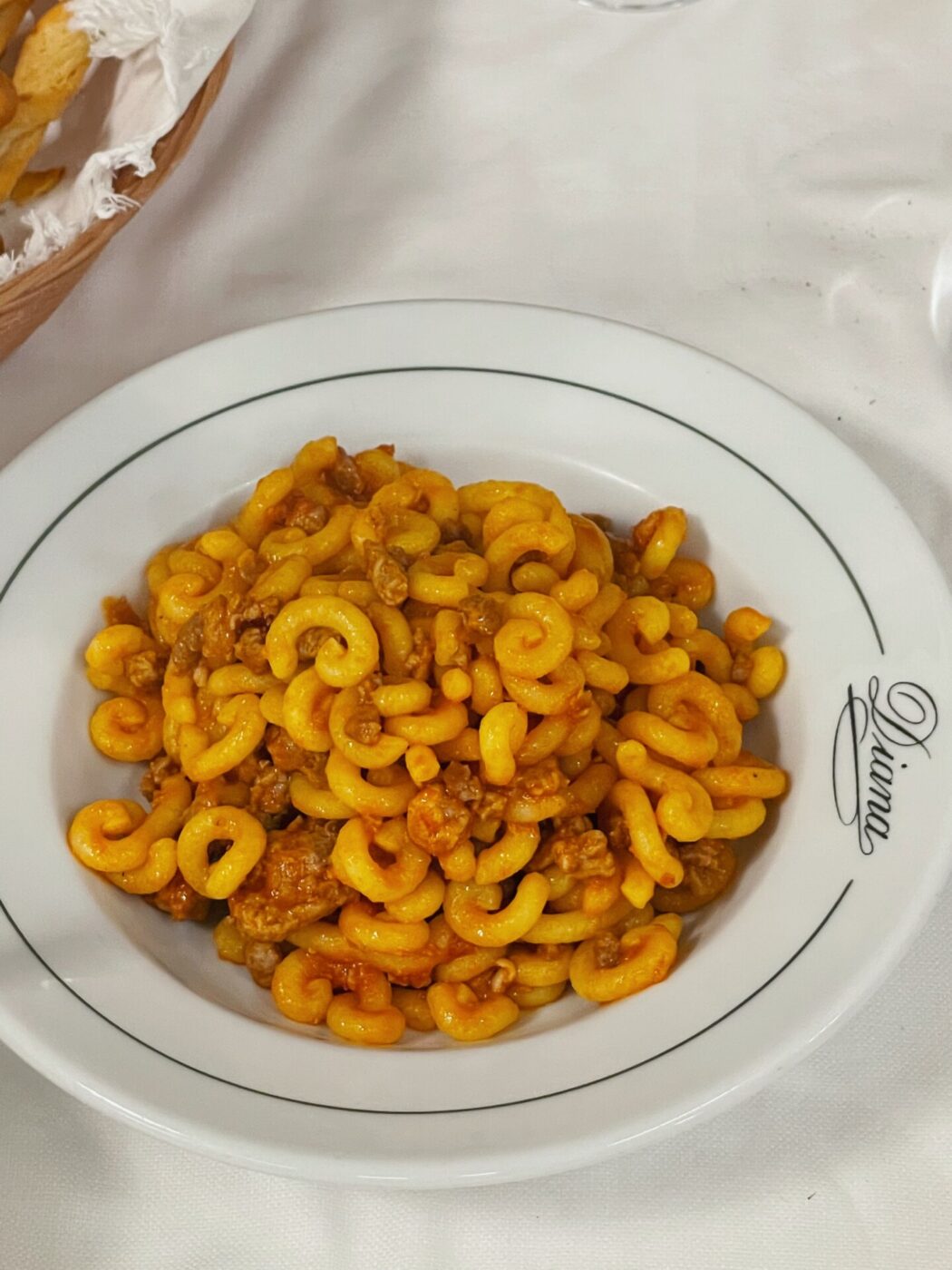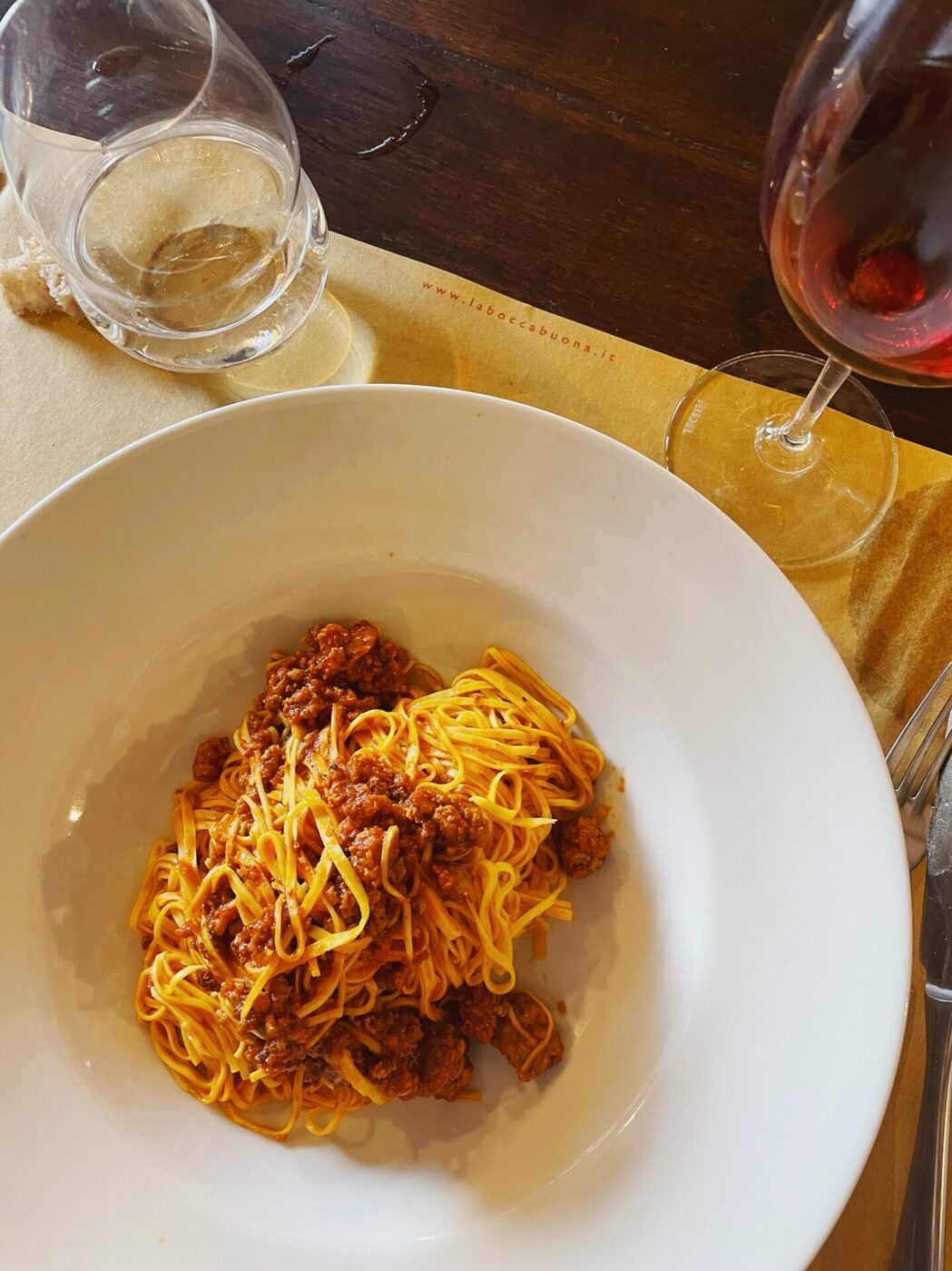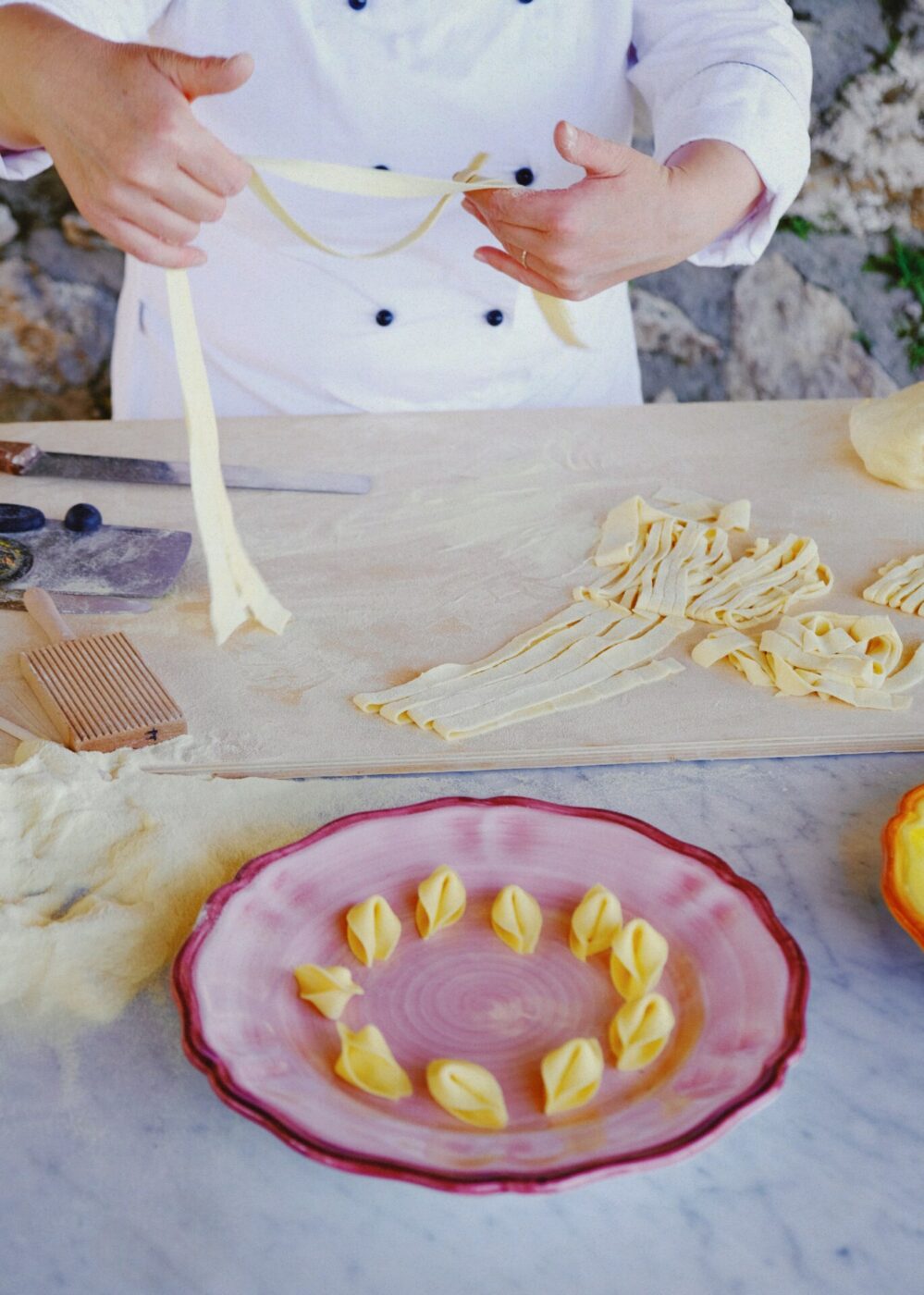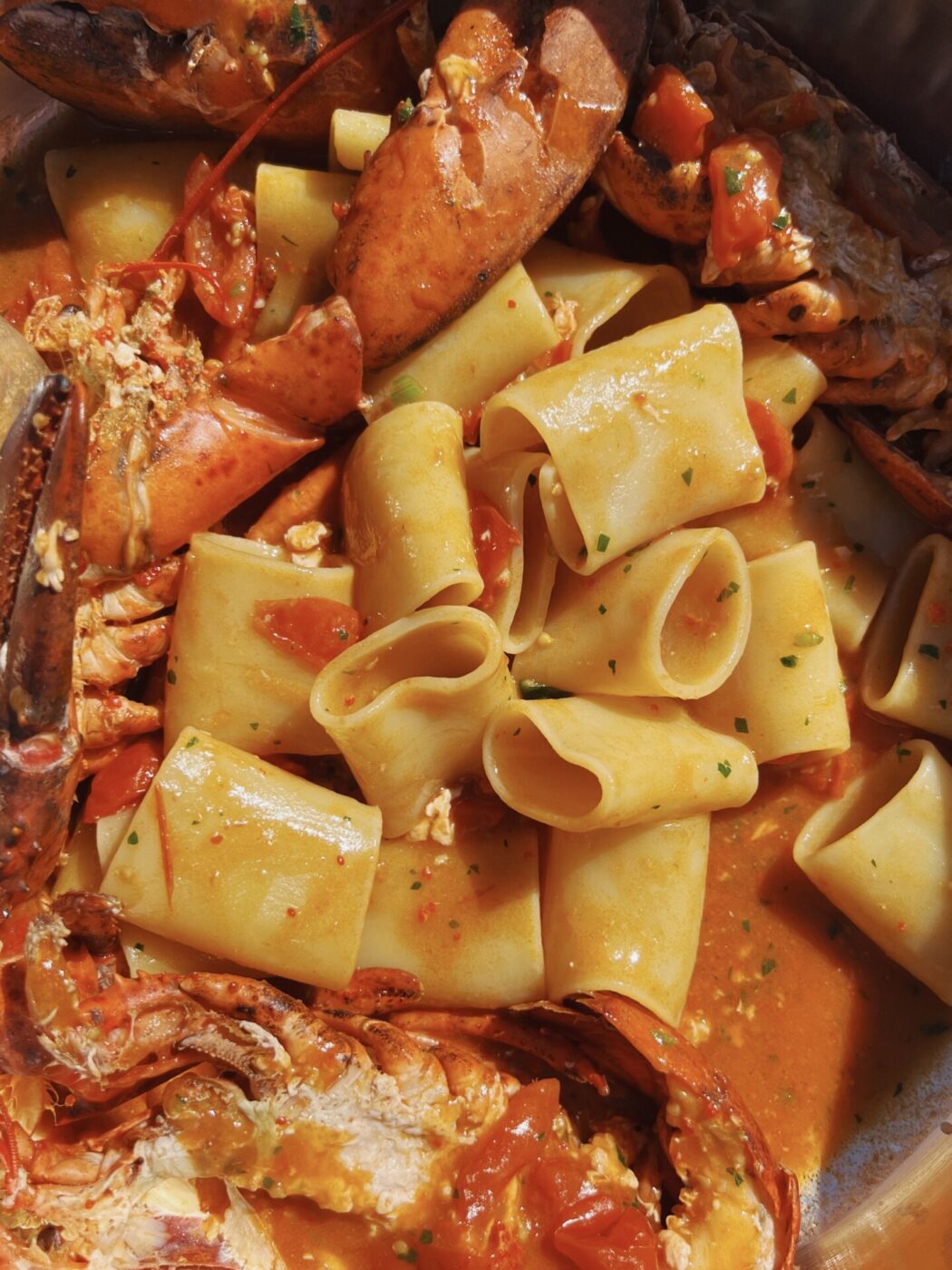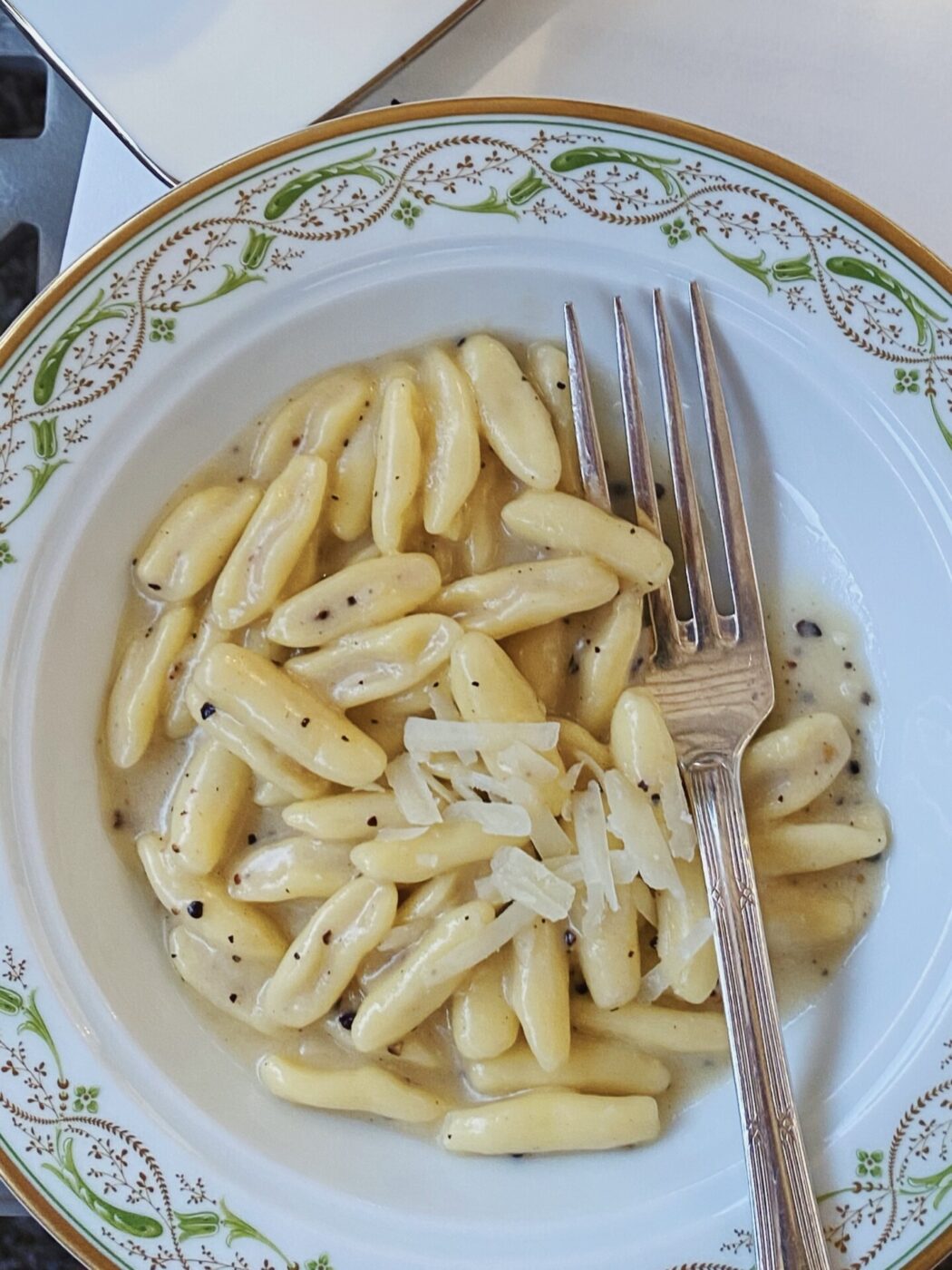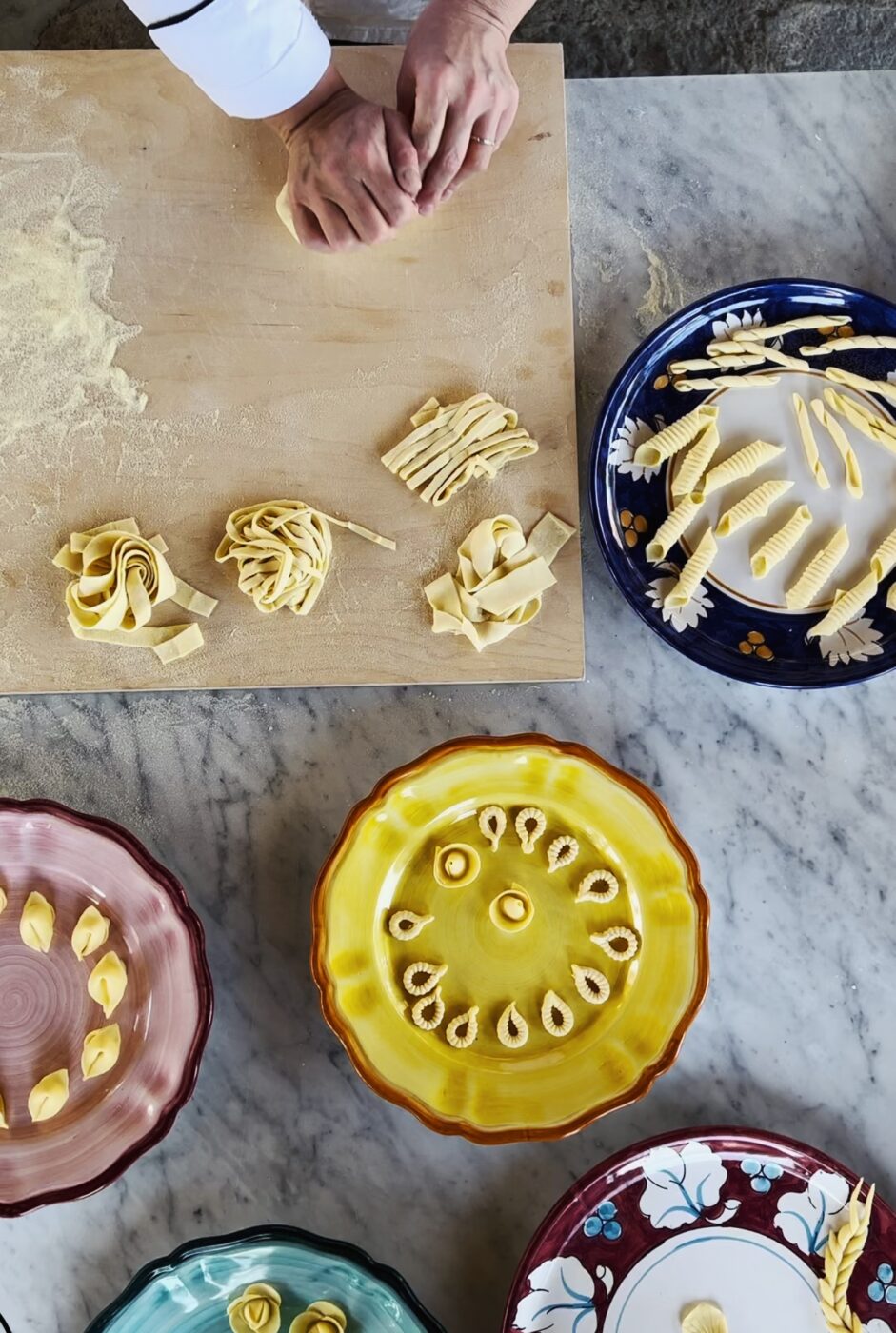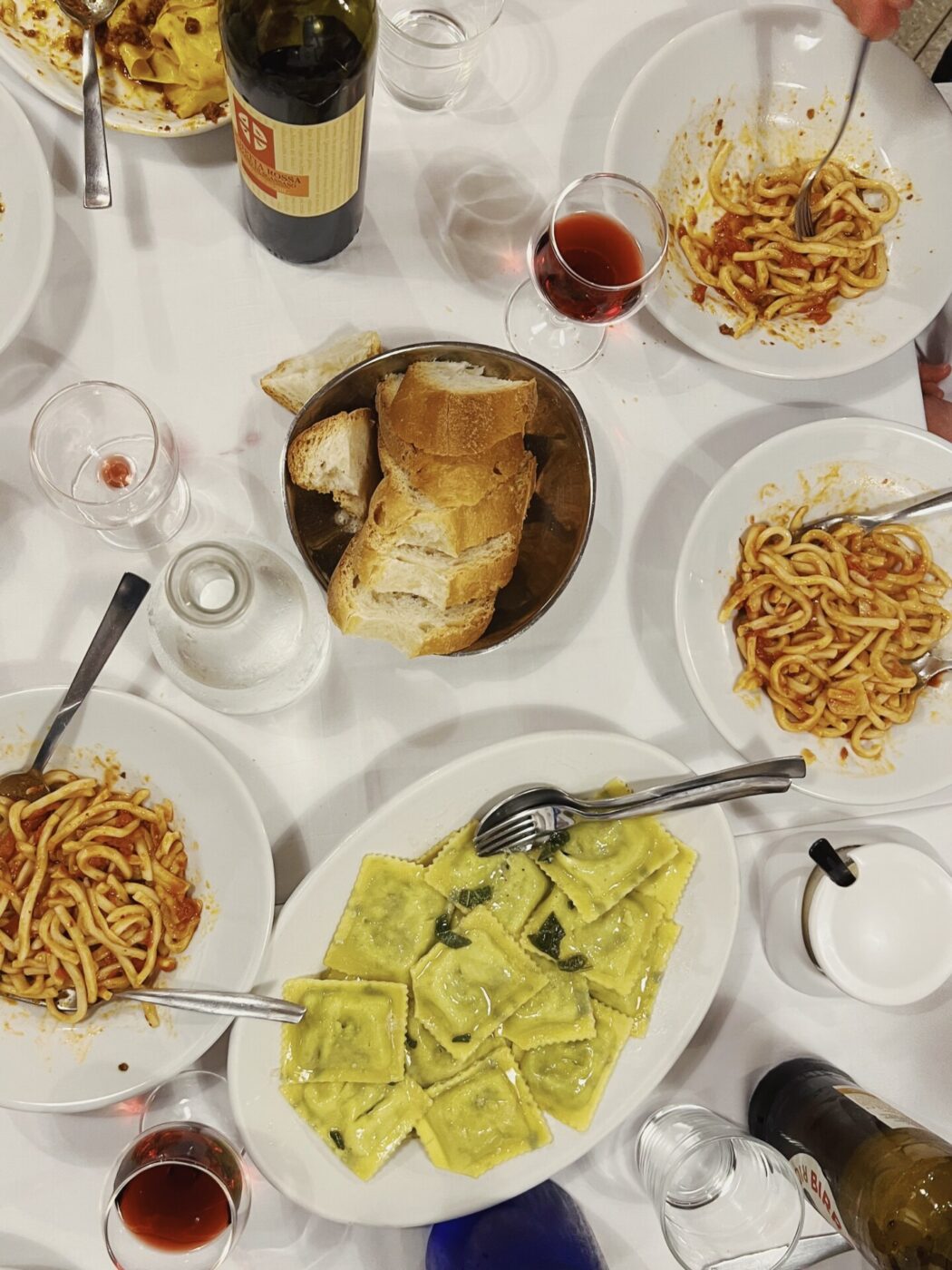We’ve got a lot of secrets here at Italy Segreta, but the fact that pasta is exceptional certainly isn’t one of them. Everyone knows this, and yet few dare venture past the same ole varieties that are constantly in the spotlight: tagliatelle, spaghetti, rigatoni, tortellini, ravioli, and the likes. Although we live in the motherland of pasta, we still find ourselves presented with the same handful of options, missing out on the true plethora of available squiggles and twists both on menus and in grocery stores in Italy and abroad. What a disgrace when it’s believed that there are over 350 varieties of pasta in Italy! That means we could basically eat a different pasta shape everyday for an entire year. Sounds like a challenge we’d happily sign up for. Although some pasta sauces have strict sauce pairings–you’ll never see us putting cime di rape on anything other than orecchiette, or vongole on anything besides spaghetti–others, like amatriciana, are perfectly delicious whether with bucatini or mezze maniche. Next time you don’t know what to cook for dinner or which primi to order, go for something out of the ordinary. Below, ten of our favorite underrated pasta shapes that deserve greater recognition.
Creste di Gallo – This short, curved, crescent pasta has a ruffled edge that resembles a rooster’s crest, or coxcomb, from which the shape derives its name. Legend has it that the squiggly shape was developed in Florence after an attempted assassination of the Medici family: shrieking chickens saved the nobles when the killers entered through the barn. The moniker could also refer to the floppy hats worn by the Florentine jesters of the 16th century, which go by the same name. You can find this pasta fresh or dried, and the frilled edges are perfect for catching bits of tomato sauce, either in a simple pomodoro or alla norma.
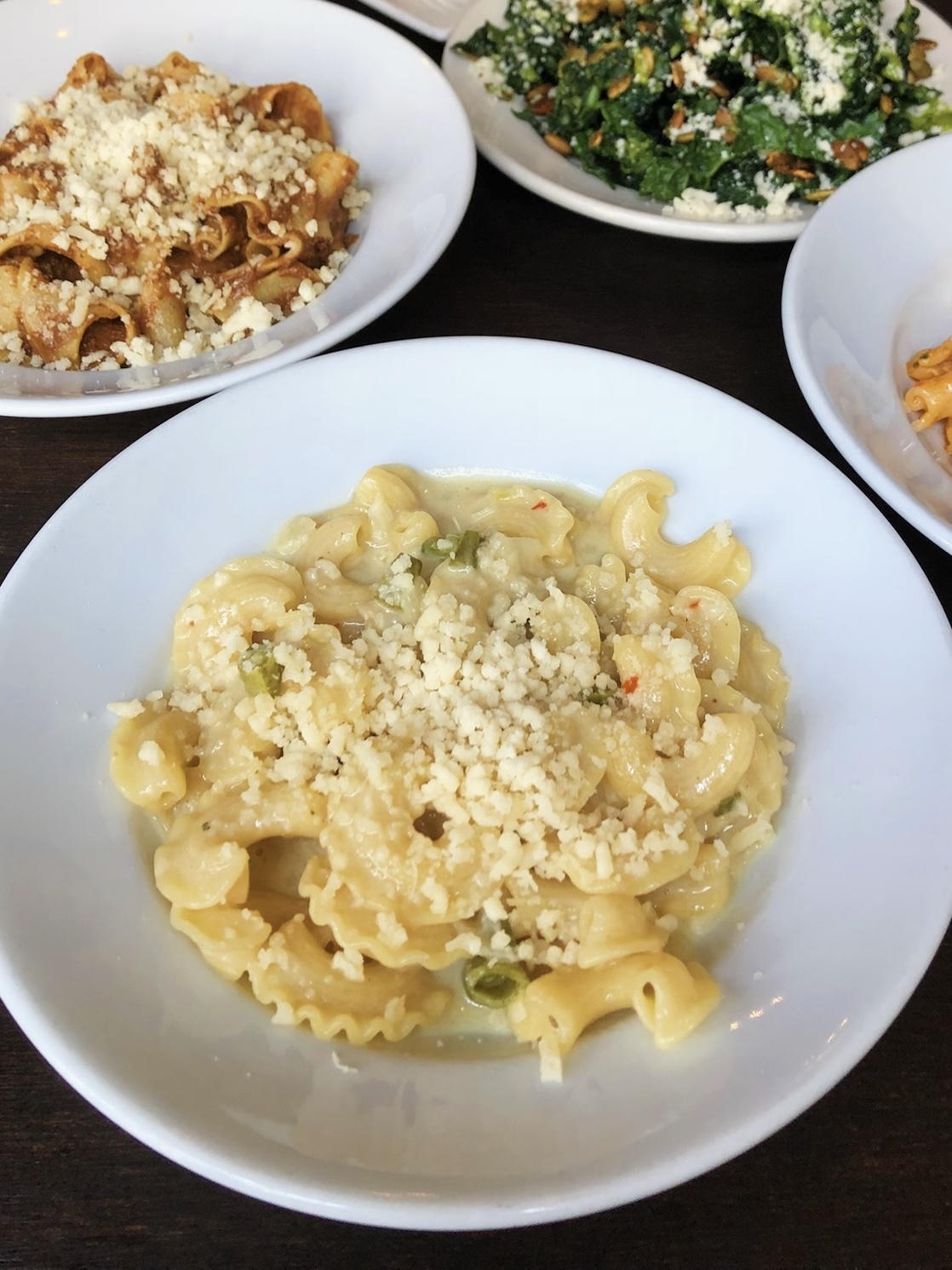
Paccheri – These slippery tubes from Naples capitalize on surface area: they are short, wide, and perfect for all tomato-based sauces, especially when paired with seafood. In their hometown, this chewy shape is referred to as schiaffoni. Both names come from Italian words meaning slap or pat: “sciaffo” or “una pacca” in Neapolitan dialect, a connotation that most likely comes from the slapping made when sauce is poured onto the pasta.
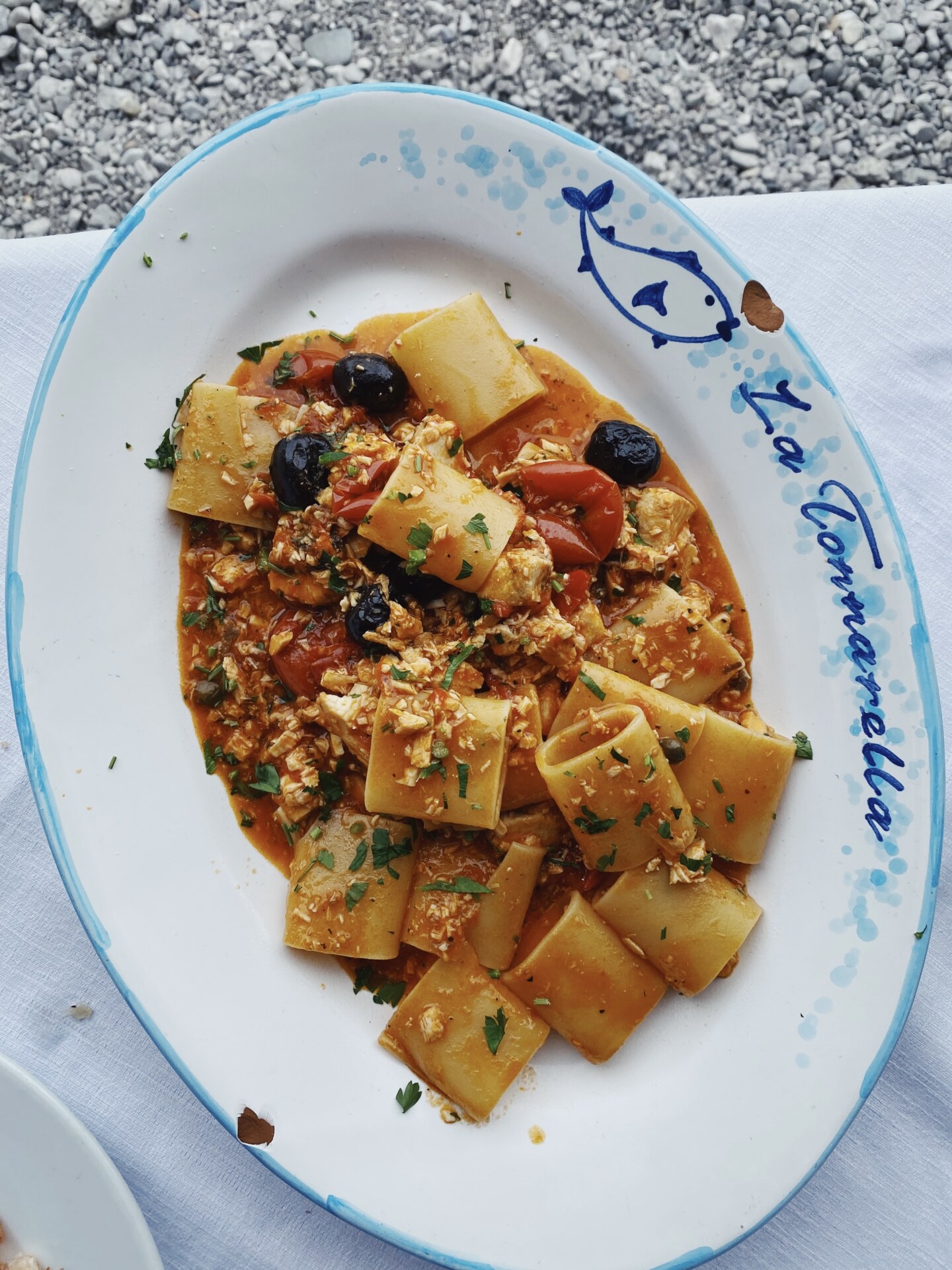
Busiate – Made with just semolina and water, this long, spiraled shape from Trapani in western Sicily is said to resemble an old telephone cord–though science nerds might find its likeness in double helix DNA. Two tubes wind around each other, forming a thick, chewy noodle with a small hole in the center. The name, however, comes from neither of these reference points and instead is derived from either “buso”, a needle used to knit together fabrics such as wool and cotton, or “busa”, the grass stem used by Mediterranean farmers to tie sheaves of wheat. To make busiate, pasta dough is wound around an iron stick similar to the buso and left to dry. It’s most often served with pesto alla Trapanese or seafood, but shines even with a simple sugo of pomodoro.
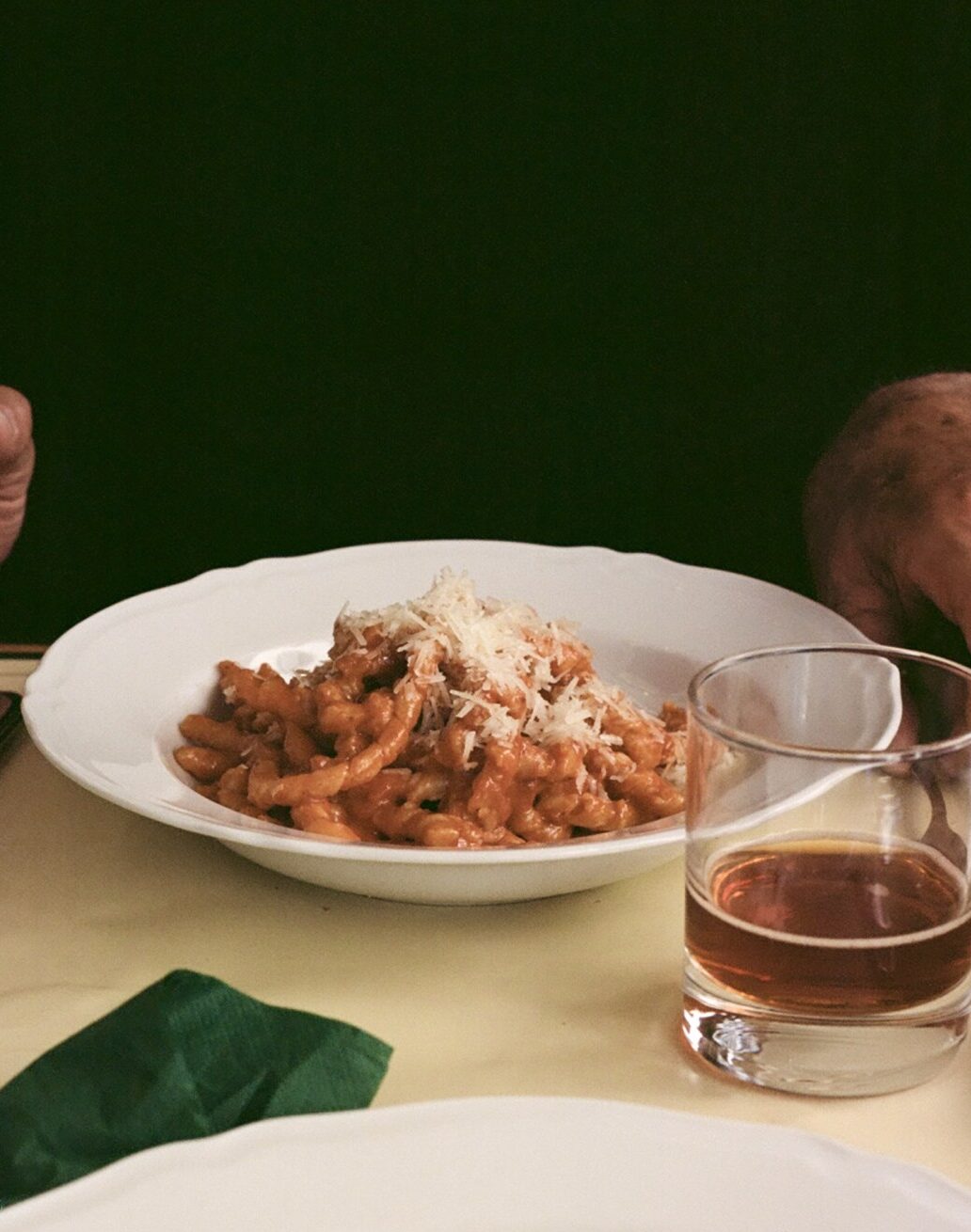
Passatelli – These are the least pasta-like pastas on our menu, given that they aren’t technically made of flour and water like all of the rest: to make passatelli, stale bread or breadcrumbs, Parmigiano Reggiano, and eggs get mixed together and pressed through a metal tool called a ferro, similar to a potato ricer or spaetzle maker. The result is a cheesy, thick, cylindrical, sort of rough pasta that isn’t necessarily pretty, but the perfect antidote to a gray winter day. There should be an equal ratio of breadcrumbs to Parmigiano, and the texture should be smooth, not clumpy. It’s best served like its regional colleague–tortellini–either in brodo or alla crema di parmigiano.
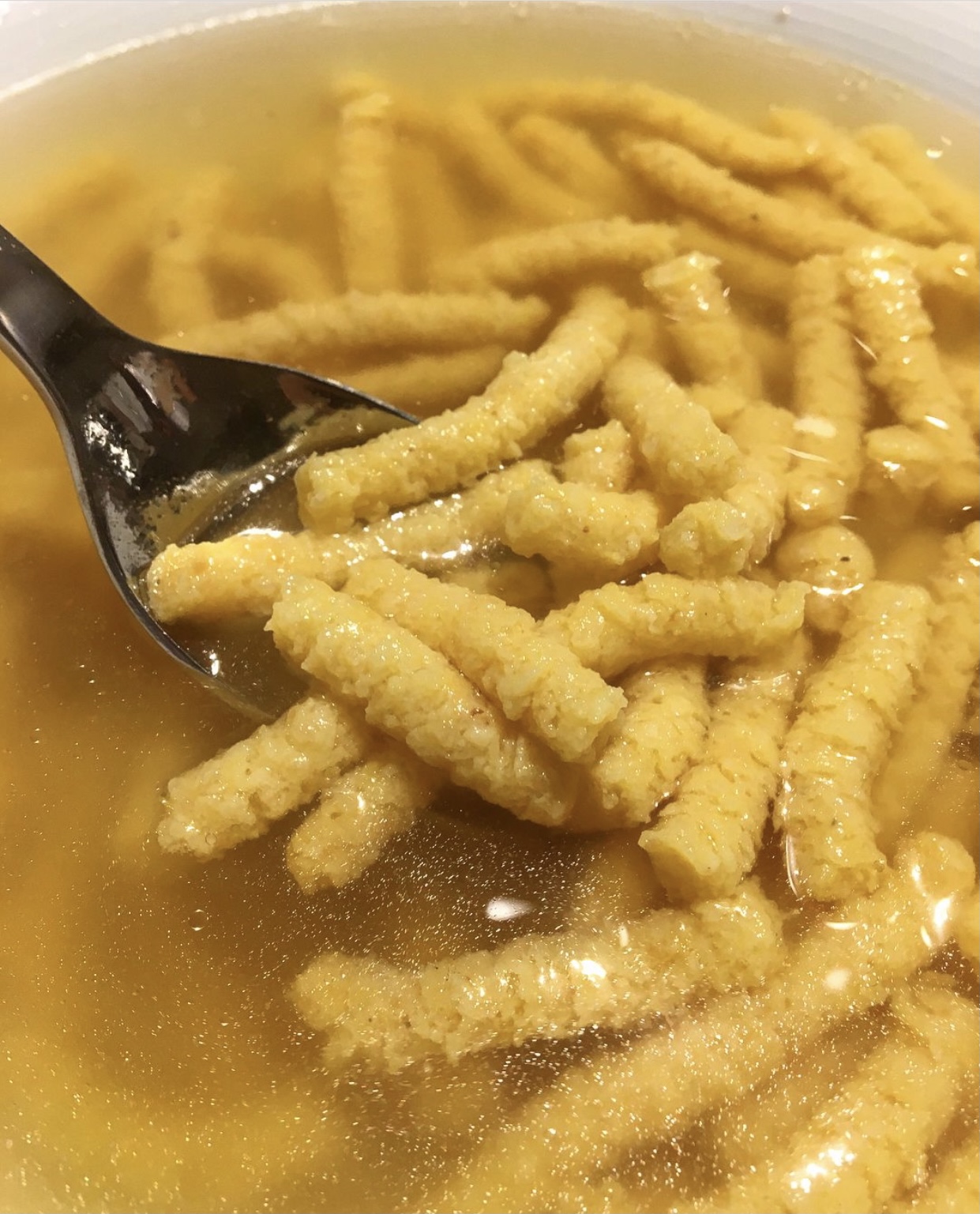
Campanelle – Campanelle–”little bells” or “bellflower” in English–have fluted, petal-like edges that form a funnel-shaped tube in the center, perfect for catching sauce like ragu or a thick cheese or cream. The shape is from Tuscany, where it is often referred to as “gigli”–lily–after the emblem of Florence; elsewhere in Italy, you can find it called “riccioli”, meaning curls. The shape is pretty, hearty, and also holds up great in baked pastas.

Strozzapreti – This hand-rolled shape hails from Emilia Romagna, Marche, and northern Tuscany. The thick-cut pasta resembles an elongated cavatelli, and the pasta itself is as twisted as its name: literally translating to “priest stranglers”, these noodles stem from the 17th century, when the oppressive Papal State was in power and heavily taxing the public. Seemingly innocent housewives plotted their revenge, creating a pasta shape that would be difficult to swallow, cursing the pasta as they made it in the hopes of getting starchy revenge on the priests to whom they served the primo. Although most priests have survived the shape, it’s a good reminder to never cross a woman. The ropey shape is great with ragù or other meat-based sauces. Just be sure to chew well!
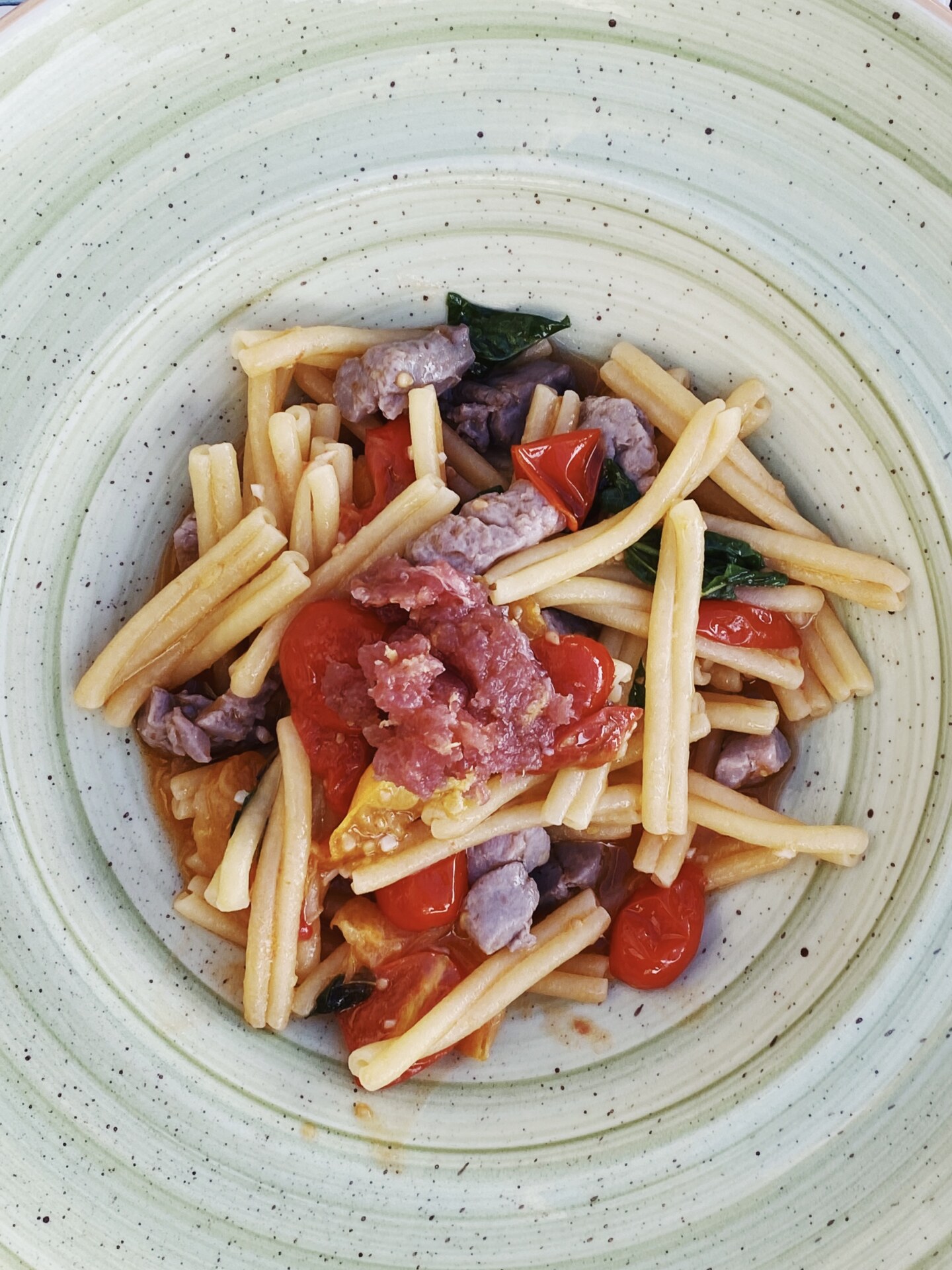
Fregola – From the island of Sardinia, fregola are nutty, little pearls of pasta made with hard durum wheat and water and rolled into tiny balls that get pre-toasted. These chewy beads resemble pearl couscous–and are sometimes referred to as Sardinian couscous–in both look and mouthfeel, yet the crucial difference is that fregola are always handmade, not machine made. Part of fregola’s beauty is its versatility–you can treat fregola like rice and make a dish similar to a risotto, or you can treat it like pasta and toss it with tomatoes, cheese, or other veggies. In the summer, it’s the perfect beach or road trip picnic, both of which you will be doing plenty of in Sardinia.
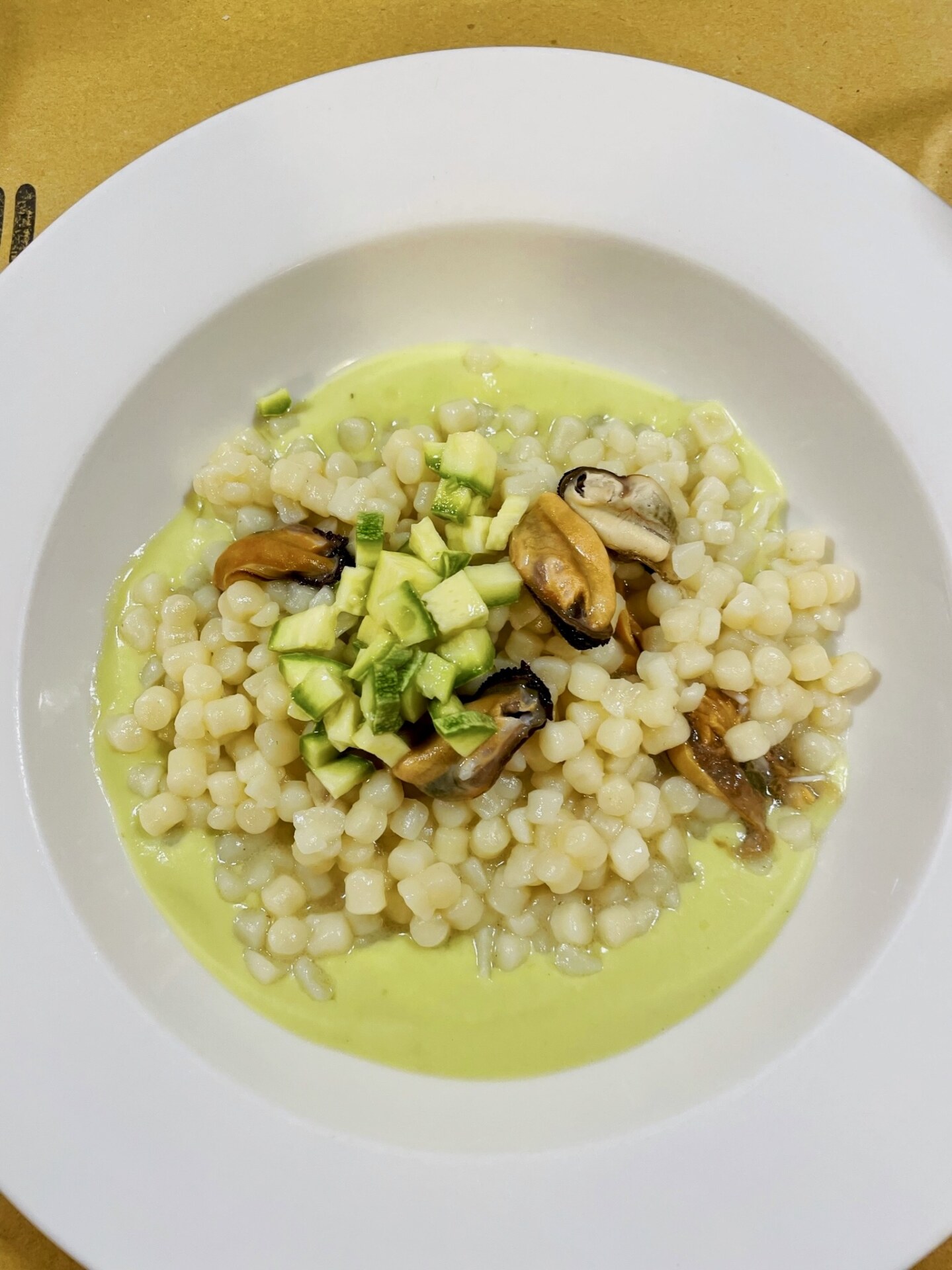
Corzetti – Hailing from Liguria, corzetti are some of the prettiest pasta shapes we’ve ever seen. These thin circles are cut out of a sheet of dough, now by wooden stamps but originally by a coin–their name comes from the 14th-century word for a Genovan coin, corzetto. Seizing the opportunity to turn anything into personal branding, regional aristocrats designed specific molds carved with their coats of arms to embellish the pasta. Though personalized pasta has fallen out of vogue, these stamps still bear flowery or nautical designs and simultaneously imprint the circle with a different motif on each side, resulting in pasta discs that look like medallions. Unfortunately, it’s quite labor–and time–intensive to stamp out every piece of pasta, so you only find it done the traditional way in a few restaurants. The pasta pairs with typical Ligurian sauces like noci–a creamy walnut sauce–and pesto alla Genovese, or even a light sauce made with marjoram and pine nuts.
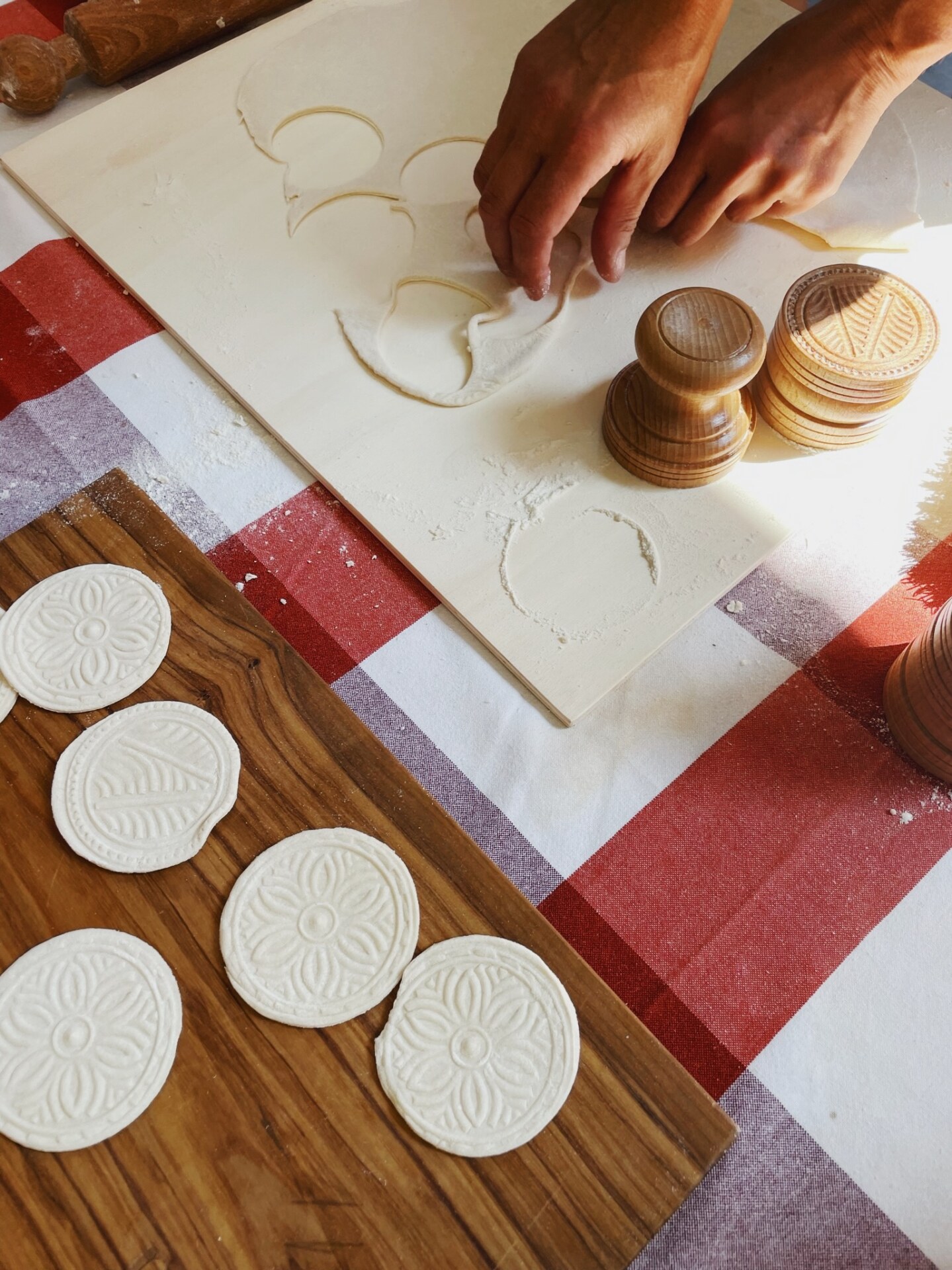
Gramigna – These little curls might be the most fun of all the ones on our list to eat. With a hole through the middle like bucatini but shorter and slightly coiled up, this Emilia-Romagnan shape derives its name from a type of curled grass native to the region. Made with flour, water, and eggs, the pasta was originally only sold fresh; now, it’s one of the few egg-based pastas that you can find, and is great, dry. These whimsical little spirals are best paired with a sausage ragù, as in Bologna’s comfort dish gramigna alla salsiccia.
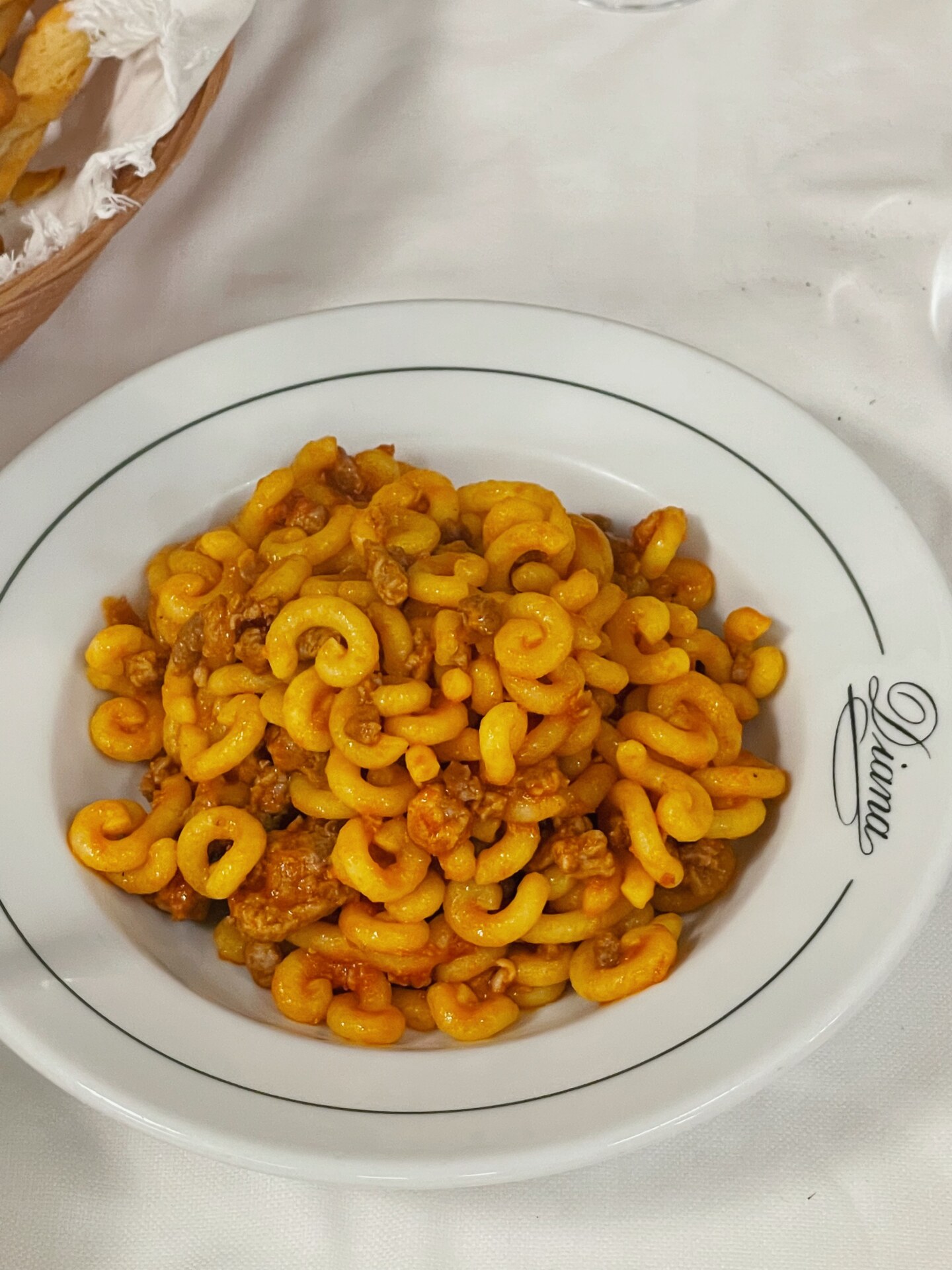
Tajarin – Although the name might sound foreign to you–and we can understand why, given the Italian alphabet doesn’t technically have a “j”–you’ve likely had this shape of pasta under the guise of tagliolini. The shape–and dialectal pronunciation of tagliolini–hails from the rolling, Barolo-producing hills of Piedmont’s Langhe region. The bright yellow color of the noodles is from the pasta’s astronomically high egg content–40 yolks per kilo of flour, to be exact. Historically, Piedmont was a wealthy region, and the number of egg yolks in the pasta was a flex, creating a dough as rich as the aristocrats who ate it. Many Piemontese restaurants still make the pasta like so; others may lower the egg-to-flour ratio for cost purposes, but, regardless, tajarin is by far the eggiest pasta on this list. The best tajarin will be incredibly soft and so paper thin that the noodles are practically see-through. Few sauces are deserving of this pasta, but regional favorites include butter and sage, butter and porcini, or a light ragù made out of nutty salsiccia di Bra, paired with a big glass of the region’s best Barbaresco or Barolo. Don’t even bother buying it dried.
